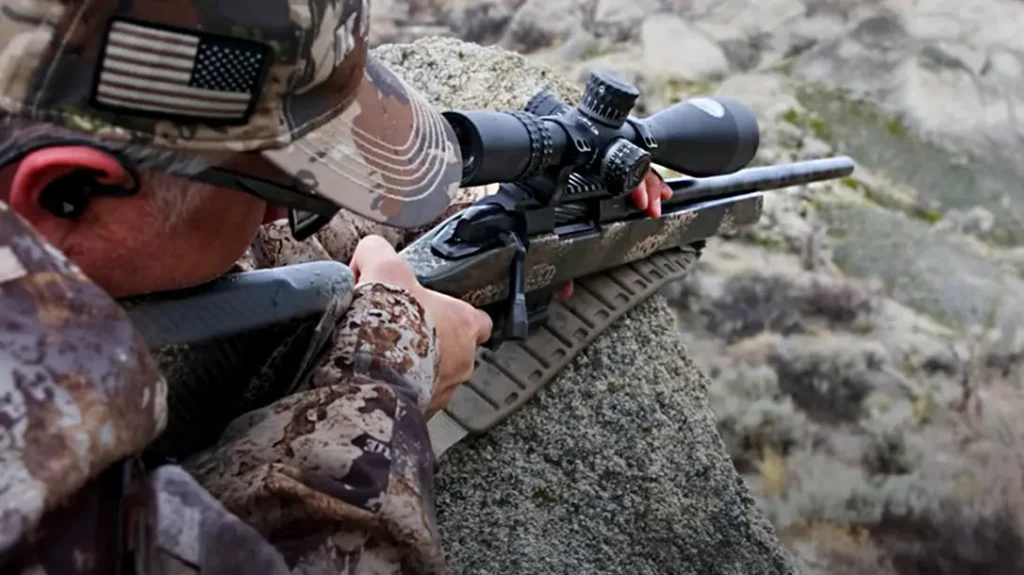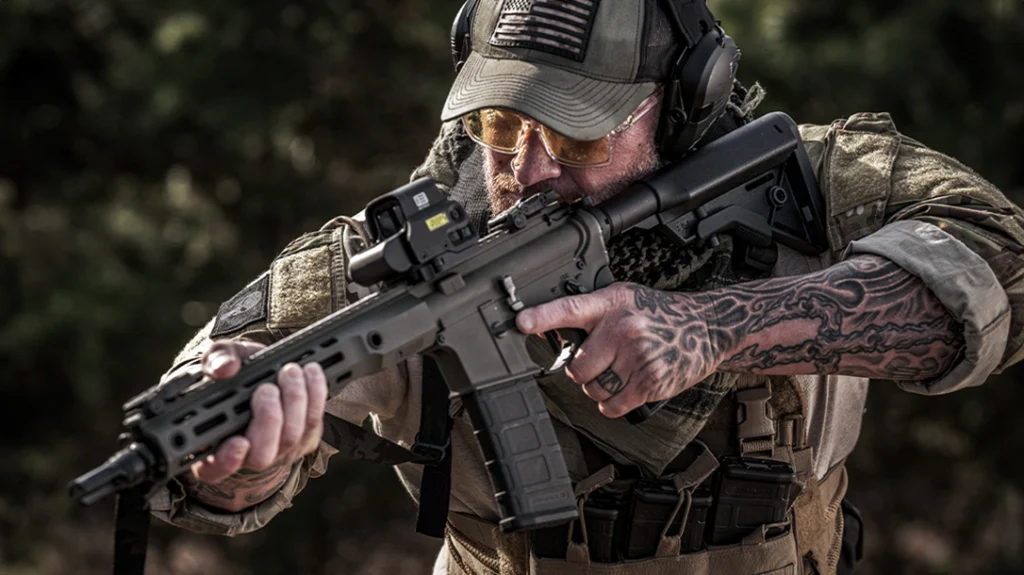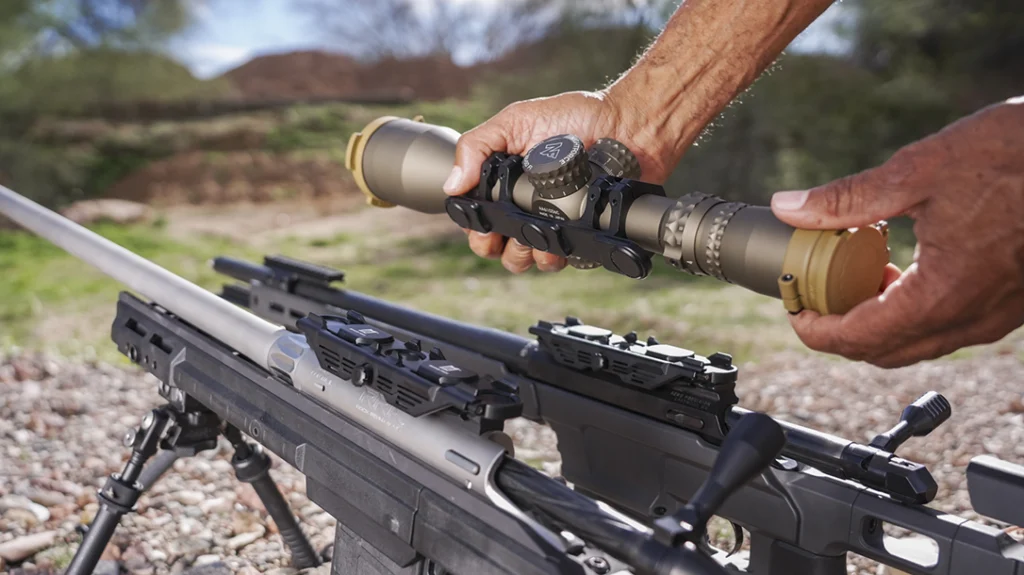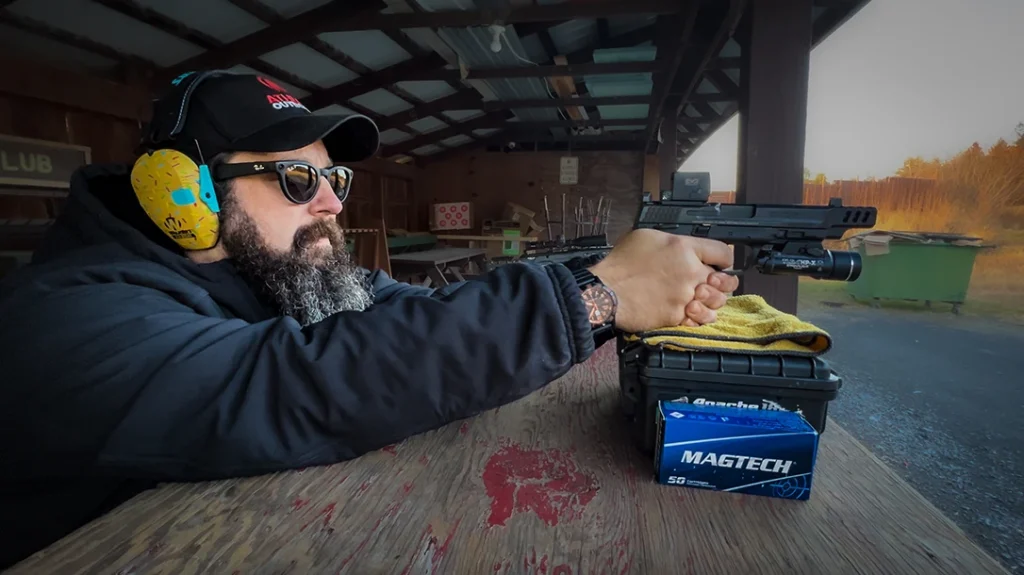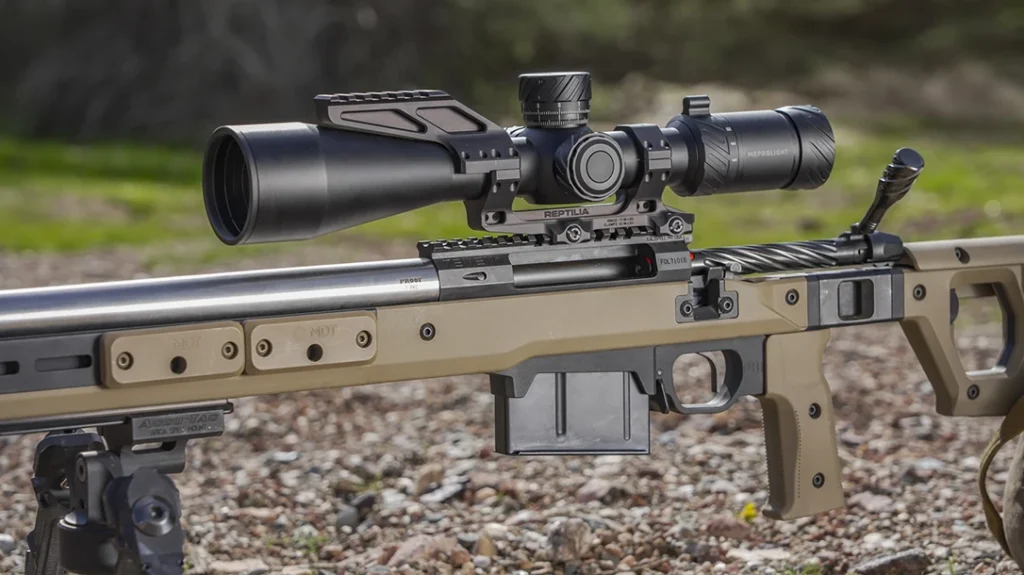Arsenal Island sits in the Mississippi River between Davenport, IA and Rock Island, IL. Surrounded by water, it represents a tactical advantage for any military installation. Today, RIA (Rock Island Arsenal) is the only active U.S. Army foundry that manufacturers ordnance and equipment, artillery, small arms, grenade launchers and more. Just 250 military personnel work at RIA alongside more than 6,000 civilians, producing necessary logistics support and famous equipment like the M198 and M119 towed howitzers.
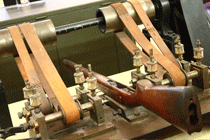 Historical Significance
Historical Significance
The island became Fort Armstrong in 1816 and is now the largest U.S. government-owned weapons manufacturing arsenal. From December 1863 to July 1865 during the Civil War, the Union army created a large prison camp that became home for more than 12,000 Confederate soldiers, 1,964 of which are buried in a nearby military cemetery.
After the Civil War, RIA cleaned and repaired soldier’s equipment before re-issuing it to troops on the western frontier. During the Spanish-American War, the arsenal’s production ability was tested as the need arose for 7-inch howitzers and individual infantry equipment were needed in large supply.
Advertisement — Continue Reading Below
Rock Island became of particular importance when it was selected to be the first manufacturer of the Model 1903 rifle, a .30-caliber bolt action made popular by production from the Springfield Armory in Massachusetts. The second M1903 rifle is displayed at RIA’s museum. More than 348,000 of these rifles were produced at RIA with most seeing action during World War I.
During World War II, RIA concentrated efforts on building .30-caliber machine guns like the M1917A1, the M1919A4, the M1919A5. To complement these weapons, they also cut 193 million metallic links for disintegrating ammunition belts.
The familiar 3.5-inch rocket launcher (aka: superbazooka) was manufactured during the Korean War, with the help of a commercial partner. The first shipment arrived to U.S. troops just 13 days after they were ordered to fight.
Advertisement — Continue Reading Below
In Vietnam, the helicopter became an integral part of transporting supplies to troops in the field. As a result, RIA manufactured a lightweight M102 105mm howitzer mostly cut from aluminum. As the war progressed, the arsenal was also responsible for fielding more than 65,000 different tools, modifying Jeeps with 106mm recoilless rifles or turning them into ambulances. In 1967, small arms production was transferred to RIA from Springfield Armory.
In the 1980s, RIA was developed into a state-of-the-art facility where it is now home to the DOD’s only complete forging, foundry and plating shop. During the Gulf War, RIA became responsible for engineering and producing parts for the M60A3 tank, M198 howitzer and M728 combat engineering vehicle.
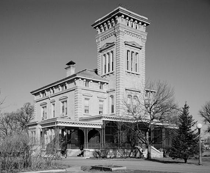 The RIA Museum
The RIA Museum
The Ordnance Museum at Rock Island Arsenal opened on July 4, 1905, making it the second oldest U.S. Army museum. It was closed to the public during World War II. On a recent tour of the museum, I came to appreciate the significant contributions that have affected the development of small arms on today’s battlefront.
Advertisement — Continue Reading Below
Unusual firearms to look for while visiting the museum include a Protector Palm Pistol manufactured by the Chicago Firearms Company in the 1890s. This small device features a rotary chamber that was chambered for .32 caliber. Smith & Wesson acquired the rights to the patent and guarded it against infringements for many years.
For any small arms enthusiast, a visit to RIA is justified to see M1903 rifle, (serial number 1) manufactured at RIA on December 20, 1904, a Springfield Armory M1 Garand (serial number 2), and the Beretta M9 (serial number 1). Also in the RIA collection are many Colt M1911s and M14 rifles that were rebuilt to National Match specifications by RIA from 1966 and through the 1980s. As a secondary mission, RIA also held training classes in maintenance of the NM rifles and pistols.
Heavy Ordnance
Just a few hundred yards down the street from the RIA Museum is Memorial Field, home to numerous pieces of artillery, tanks and heavy firepower. Most prominently displayed is a T131, 280mm heavy motorized gun. Adopted in 1956, this cannon could fire conventional and nuclear shells out to 18 miles. This massive weapon was made obsolete by mobile rockets in less than 10 years afterwards.
Advertisement — Continue Reading Below
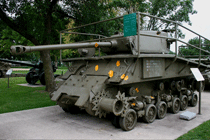 Destroyed by German gunfire during the Battle of the Bulge, an M4 Sherman tank guards the flank of Memorial Field with stairs, inviting guests to examine scars from enemy anti-tank rounds. The M4 Sherman tank was the standard U.S. tank in World War II.
Destroyed by German gunfire during the Battle of the Bulge, an M4 Sherman tank guards the flank of Memorial Field with stairs, inviting guests to examine scars from enemy anti-tank rounds. The M4 Sherman tank was the standard U.S. tank in World War II.
Want to drive a tank yourself? Check out our article about DriveTanks.com!
An M115, 8-inch heavy towed howitzer could be easily overlooked but carries an interesting story. It saw service by the U.S., Iran and Iraq in four different wars. Serving the U.S., it was used by American forces during Korea and Vietnam as a general artillery support weapon. In 1977, RIA overhaul the howitzer before selling it to Iran where it was used and captured by Iraqi troops during the Iran-Iraq War. When the U.S. fought against Iraq in Operation Desert Storm, American troops encountered this same howitzer before capturing it and returning it to the U.S.
Advertisement — Continue Reading Below
Examining each of the towed howitzers, anti-tank guns, multiple rocket launchers, rockets and rolling armor will consume time but all visitors should be sure to see many of the exhibit’s odd examples. For more information on RIA, visit arsenalhistoricalsociety.org
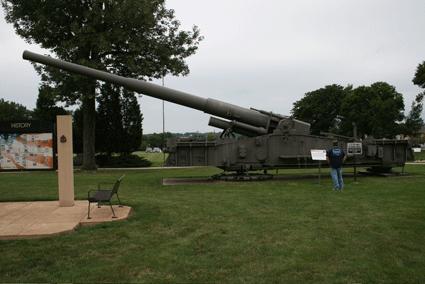
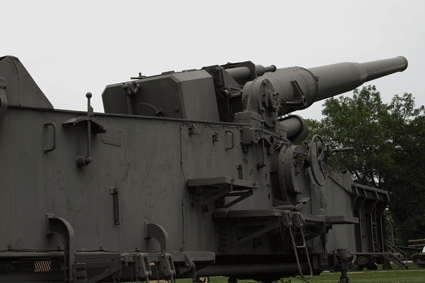
This is an experimental model of the M65 atomic cannon. Adopted in 1956, it was capable of firing conventional and nuclear shells up to 18 miles. The cannon weighs 47 tons and is moved by a front and rear truck at speeds up to 30 mph. It was replaced by modern rockets in the 1960s.
Advertisement — Continue Reading Below
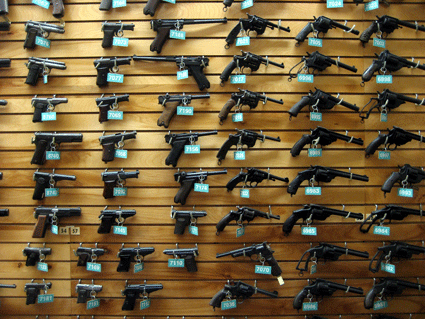
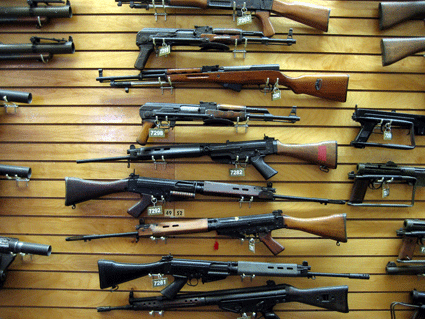
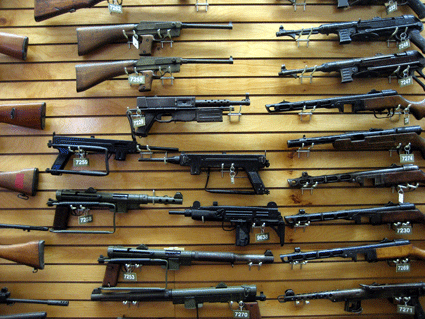
Advertisement — Continue Reading Below
In the indoor museum, the first picture is an overwhelming collection of foreign pistols, the second a collection of foreign infantry rifles and the third a rare collection of foreign subguns.
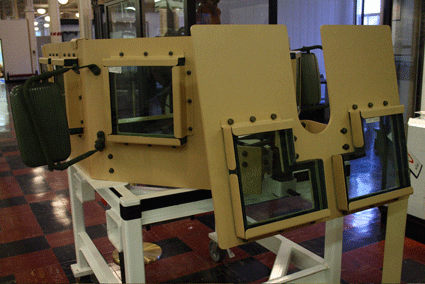
Here is a picture of a current production Gunner Protection Kit (GPK) that began in 2007 at RIA to support OEF/OIF. The system was transformed from concept models to full-scale production in just 6 months. The GPK improves the protection of the gunner with taller armor and transparent shields offering enhanced visibility. The kit accommodates a variety of firepower including the M2 .50-caliber machine gun, the M240, the M249 and the Mk19 grenade launcher.
Advertisement — Continue Reading Below
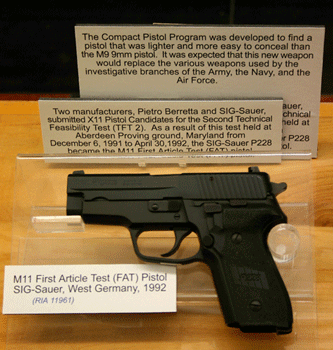
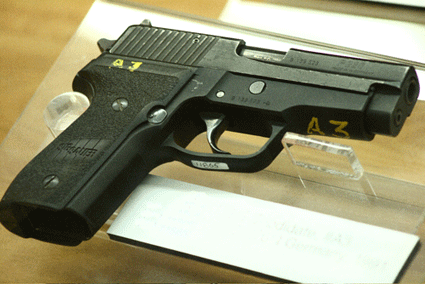
Here is a Sig Sauer M11 that was a result of a Combat Pistol Program in 1992. The Sig Sauer P228 won the test and became the M11 to be used by many investigative branches of the military. It was chosen because it was lighter and easier to conceal the the standard issue M9. The second picture is of the actual Sig Sauer X11 used during trials at Aberdeen, MD.
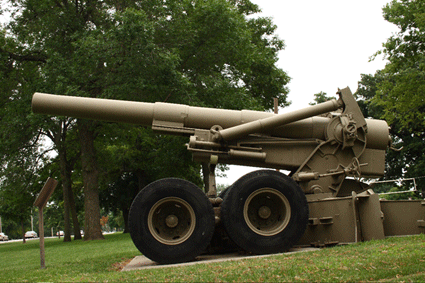
This is the US M115 8-inch heavy towed howitzer that was used in Vietnam, refurbished by RIA in 1977 and sold to Iran, was captured by Iraq in the Iran-Iraq War and then captured again by the U.S. in the Persian Gulf War in 1991.
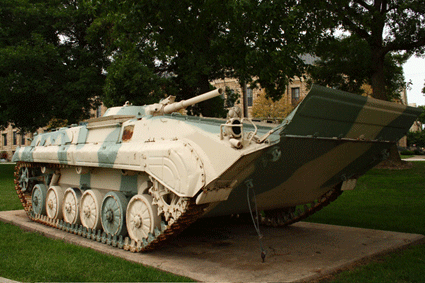
Here is an Iraqi BMP on display at RIA’s Memorial Field. It was captured during the Persian Gulf War.



